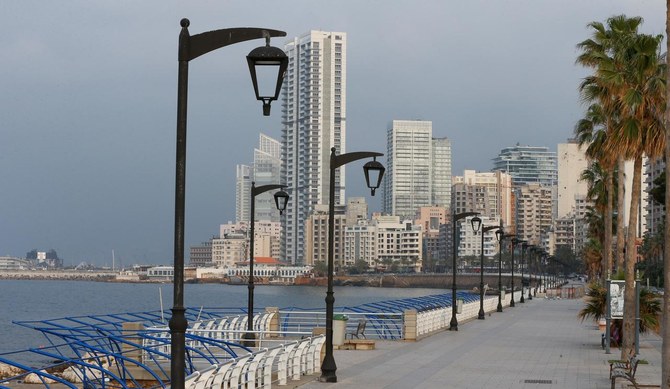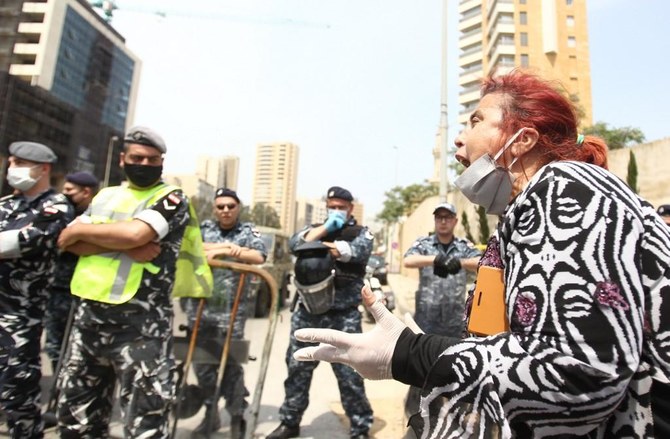by al-monitor.com — Hanan Hamdan — BEIRUT — There have been widespread reports recently about the Lebanese government’s desire to restructure the banking sector. Minister of Finance Ghazi Wazni said May 15, “The government is seeking to reduce the number of banks in Lebanon — currently amounting to 49 banks — by around 50%.” Wazni’s comments came as the country entered into negotiations with the International Monetary Fund (IMF) to secure financial aid in the form of loans in return for economic reforms that Lebanon is expected to enact. Prime Minister Hassan Diab announced April 30 that the government’s economic rescue plan aims at “restructuring the banking and financial sectors in order to grease the economic wheels, provide good and sustainable job opportunities, launch promising economic sectors in line with the high capabilities of the Lebanese people and protect depositors’ money.” Lebanon’s monetary and financial crisis has led thousands of Lebanese to take to the streets on Oct. 17, 2019, to protest against the deteriorating economic and living conditions plaguing the country. Since then, the Lebanese people have been queuing up in front of banks across the country to receive parts of their deposits, after banks began to impose restrictions on foreign currency withdrawals.
The protests are still ongoing albeit at a lighter pace due to the coronavirus lockdown. Meanwhile, demonstrations took place on June 6 in Beirut’s Martyrs Square. Jad Chaaban, associate professor of economics at the American University of Beirut, boiled down the current banking crisis to two main points. “First, banks lent the Lebanese state a lot of money, but the state failed to repay this money. In other words, the public sector failed to pay off its debt to the banks. The private sector and bank customers also failed to pay off their loans due to the deteriorating economic and living conditions in the country. Second, bank deposits in US dollars have declined,” he told Al-Monitor. Based on this, the government is seeking to reduce the number of banks in order to be able to weather potential challenges and meet depositors’ needs. This government’s plan has sparked debate on the mechanism that will be adopted to reduce the number of banks.

![Lebanese security forces intervene in protesters flouted iron and concrete barriers placed around the parliament building as thousands of people gather at Martyrs' Square during a demonstration to protest against economic crisis and high cost of living, on 6 June 2020 in Beirut, Lebanon. [Hussam Chbaro - Anadolu Agency]](https://i2.wp.com/www.middleeastmonitor.com/wp-content/uploads/2020/06/20200606_2_42835424_55703077.jpg?resize=1200%2C800&quality=85&strip=all&ssl=1)


![Lebanese protesters push lines of riot police during the demonstration [Aziz Taher/Reuters]](https://www.aljazeera.com/mritems/imagecache/mbdxxlarge/mritems/Images/2020/6/6/f26bd7f100c047a9a3bfbbdfac1d7848_18.jpg)








